Optimal Timing for Power Washing
Power washing is an effective method for cleaning exterior surfaces, removing dirt, grime, mold, and algae. Proper timing ensures optimal results and longevity of the cleaned surfaces. Understanding seasonal and weather-related factors can help determine the best time for power washings.
Power washing is widely used for residential and commercial properties to maintain curb appeal and property value. It is also essential for preparing surfaces before painting or sealing. Regular power washings can extend the lifespan of siding, decks, and pavements by preventing buildup of damaging substances.
Spring is an ideal time to remove winter dirt, mold, and algae buildup. Cleaning surfaces after winter prepares them for the warmer months and helps prevent damage.
Summer offers warm weather and longer days, making it suitable for thorough cleaning projects. It also helps maintain outdoor surfaces during peak usage.
Cleaning in fall can remove debris and prepare surfaces for winter. It also helps prevent mold growth caused by fallen leaves and moisture.
While colder months are less common for power washing, it can be effective during mild winter days to remove accumulated grime and prevent ice-related damage.
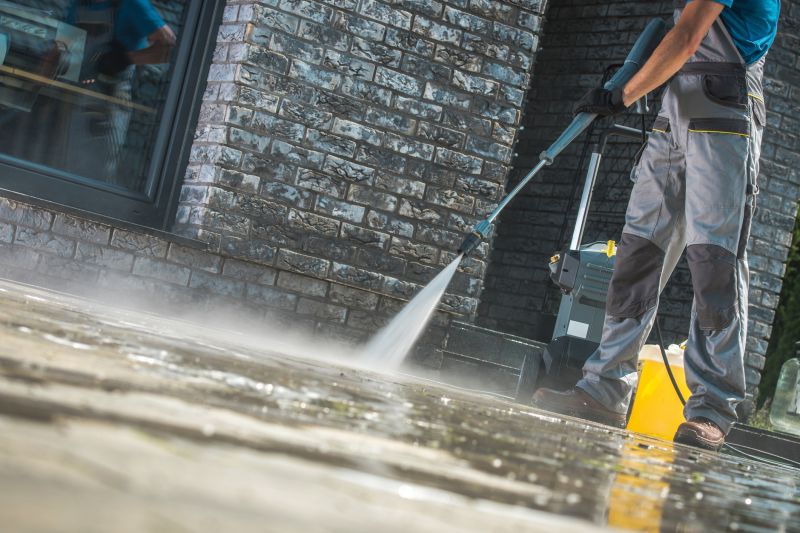
Ways to make Power Washings work in tight or awkward layouts.

Popular materials for Power Washings and why they hold up over time.
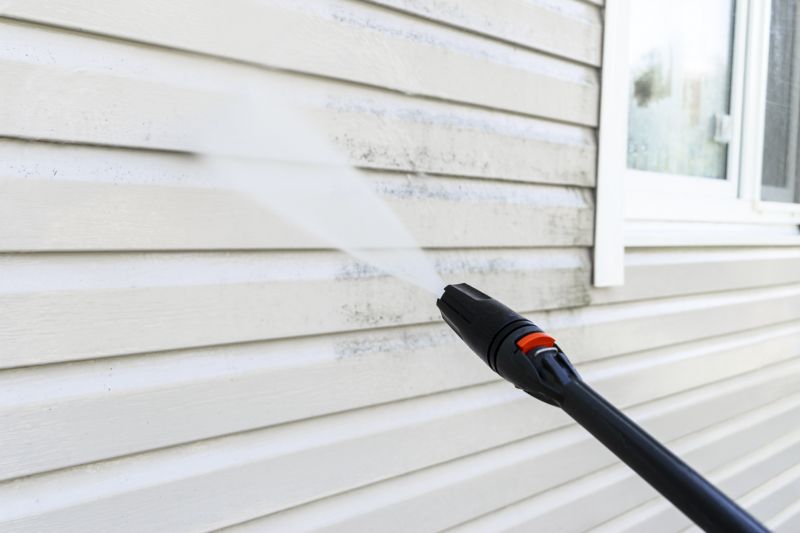
Simple add-ons that improve Power Washings without blowing the budget.

High-end options that actually feel worth it for Power Washings.
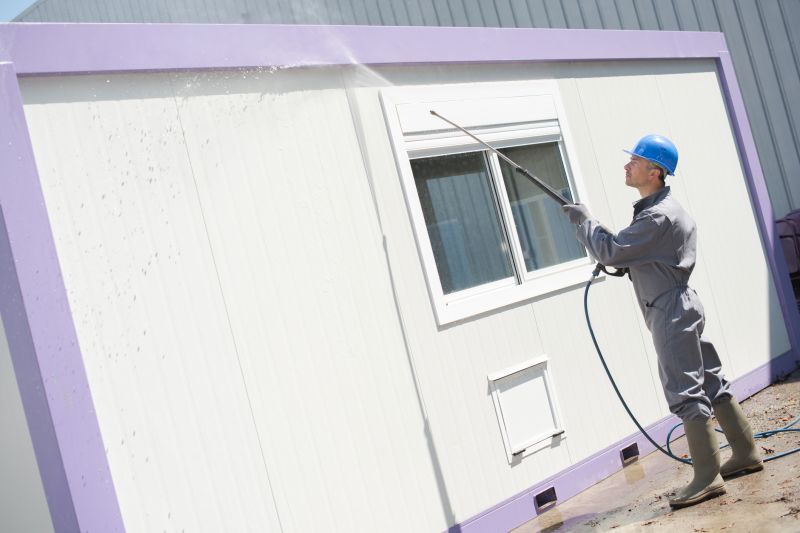
Finishes and colors that play nicely with Power Washings.

Little measurements that prevent headaches on Power Washings day.
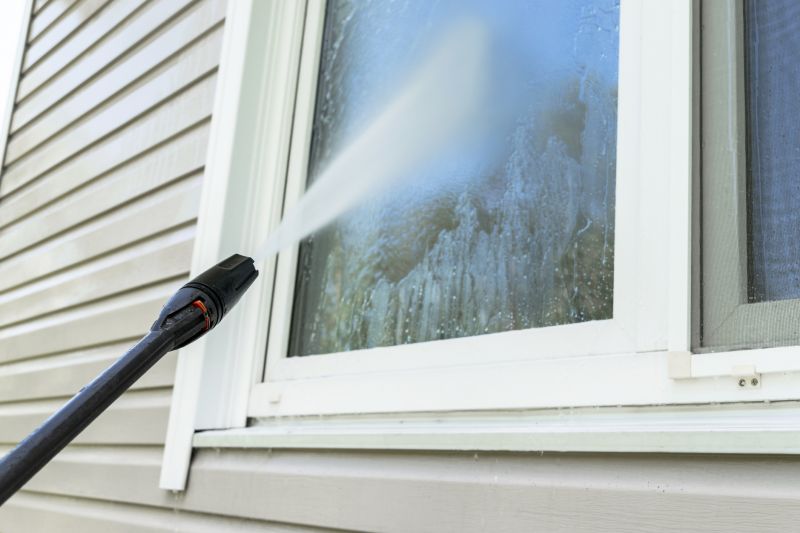
A 60-second routine that keeps Power Washings looking new.
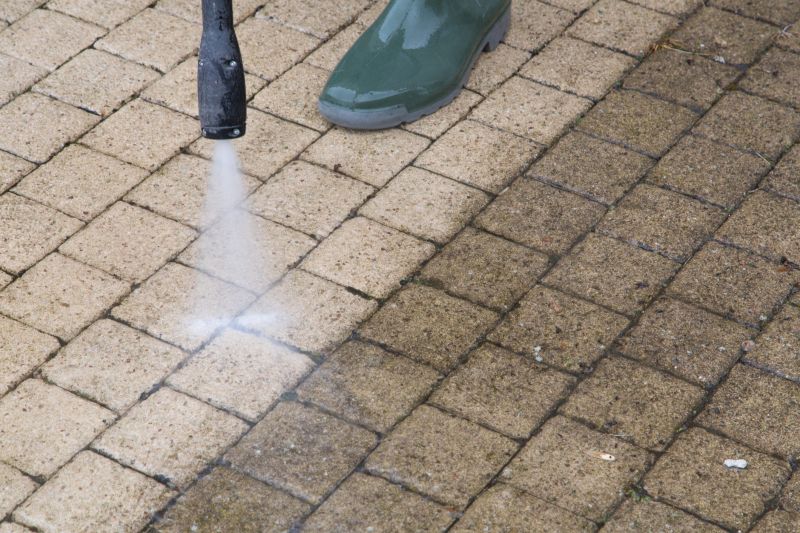
A frequent mistake in Power Washings and how to dodge it.
| Season | Best For |
|---|---|
| Spring | Removing winter grime and mold |
| Summer | Maintaining outdoor surfaces |
| Fall | Preparing for winter |
| Winter | Cleaning during mild days |
| Post-storm | Removing debris and algae |
| Annual schedule | Maintaining property value |
| Weather considerations | Avoiding damage during extreme conditions |
